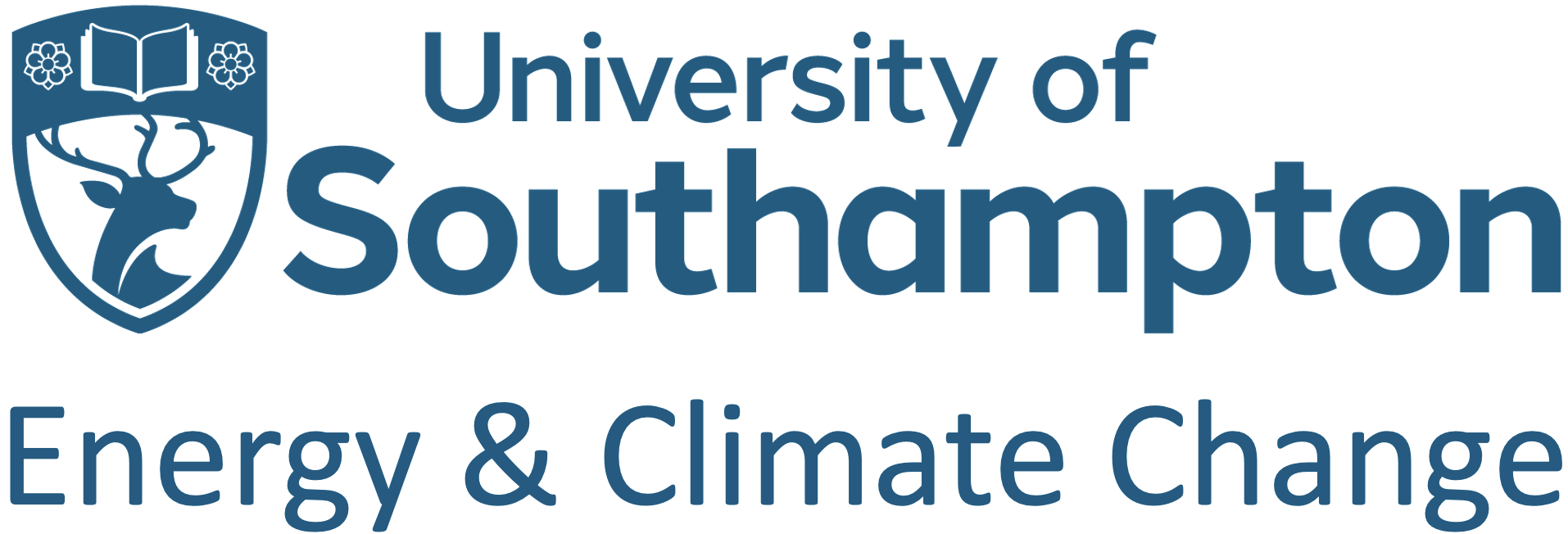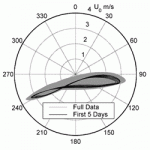Our research focusses on wave and tidal energy, encompassing resource characterisation, device fundamentals & array planning. It also addresses device interactions & array siting for optimised energy yields.
The conversion of marine currents (tidal) is a relatively new area of engineering & our work is providing pioneering fundamental understanding of the hydrodynamics applicable to the converters (turbines) & arrays.
Experimental approaches investigate the fundamentals of scaled tidal turbines for a range of conditions (tip speed ratios, pitch and yaw angles). Results provide insights into operation of: (a) single turbines in straight/yawed flows, (b) performance changes due to rotor tip immersion (bathymetry), (c) cavitation inception and (d) interference between multiple rotors. Experimental results validate and complement numerical models including the wake effects & impacts of turbulence using RANS and LES approaches in addition to more basic but tried and tested BEM and actuator disk models.
Resource assessment analysis, array effects & energy yields were obtained for the Channel Islands, Portland Bill & the Isle of Wight. Sediment transport studies were carried out for hypothetical large tidal turbine arrays close to the Channel Island of Alderney. In wave energy, resource assessment through satellite altimetry were conducted, as were the hydrodynamic performance of the Owel & Anaconda devices.
We have two laboratories on the Highfield Campus, each containing a 12m long tilting flume, 14m long wave tank, 15m long wave tank with absorbing wave paddle and a 6m long general purpose flume. We have an additional facility at Chilworth Science Park with a 25m long tilting flume, 60m long outdoor flume and a 60m prismatic channel.

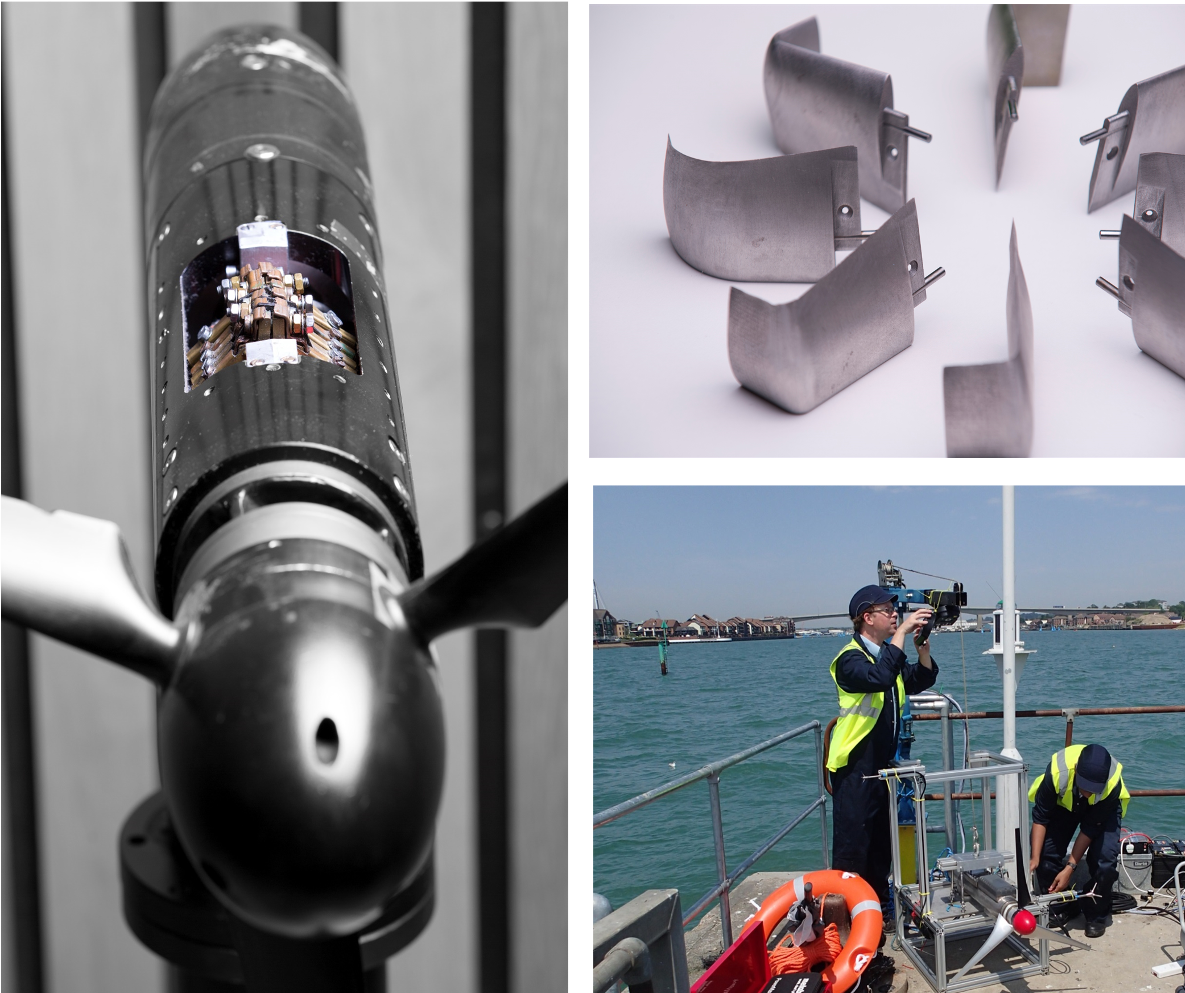
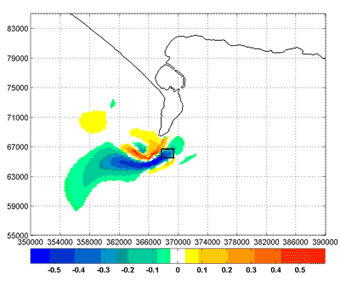
Updates:
Tidal turbine performance enhancement through winglets 2022 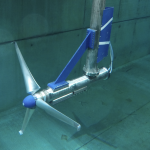
This project looks at whether winglets could provide enhanced performance for tidal turbines. They have been successfully used in non-rotating applications such as passenger aircraft but only limited use in rotating applications, most notably on Enercon wind turbines.
14th European Wave and Tidal Energy Conference (EWTEC 2021) 2021 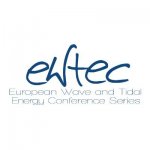
14th European Wave and Tidal Energy Conference (EWTEC 2021) to be hosted byat the University of Plymouth on 5th to 9th September.
Experimental study of the effect of fitting winglets to a tidal turbine 2020 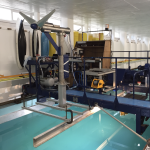
The projects aim is to study the effect of adding winglets to a 1/20th scaled tidal turbine, and measure their impact on the Power and Thrust coefficients (CP and CT). In theory, an increase in the CP would be a result of the reduction of any tip losses. Previous CFD simulations and experiments carried out on wind ...
ECCD contribute towards the 13th International Tidal Energy Summit (ITES) 2019 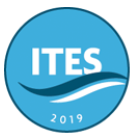
Professor AbuBakr Bahaj, head of the Energy and Climate Change Division contributed towards the 13th International Tidal Energy Summit, which took place on the 11th November 2019 in London, UK.
ECCD presents at the 13th European Wave and Tidal Energy Conference (EWTEC 2019) 2019 
The Energy and Climate Change Division presented at the 13th European Wave and Tidal Energy Conference (EWTEC 2019) held between the 1st and 6th of September 2019 in Napoli, Italy.
Understanding effects of flow conditions on wakes of tidal turbines through small scale testing 2015 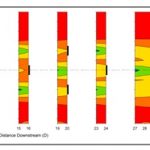
Title:Understanding effects of flow conditions on wakes of tidal turbines through small scale testing. Researcher: Khilan Shah Supervisors: Luke Myers and AbuBakr Bahaj Abstract Over the past decade many countries around the world have committed to reducing carbon emissions. In order to accomplish this there needs to be an increase in the use of renewable energy. Many places around ...
SERG delivers 6 papers at the 2nd Asian Wave and Tidal Energy Conference 2014 
Members of the Sustainable Energy Research Group recently delivered six papers covering several aspects of tidal energy at the 2nd Asian Wave and Tidal Energy Conference in Tokyo. The conference was held in conjunction with the Grand Renewable Energy International Conference and Exhibition covering all aspects of renewable energy from wind and solar, to micro ...
Experimental analysis of tidal turbine arrays. 2013 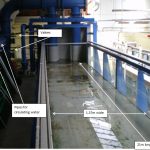
Title:Experimental analysis of the influence of proximity to channel boundaries and blockage ratio on far field hydrodynamic effects and performance of tidal turbine arrays. Researcher: Tim Daly Supervisors: Luke Myers and AbuBakr Bahaj Abstract Tidal energy is now the subject of an extensive amount of research. Several studies have clearly demonstrated the significant potential contribution to low carbon electricity ...
Resource Assessment of Large Marine Current Turbine Arrays 2013
Title: Resource assessment of large marine current turbine arrays. Researcher: Danny Coles Superviors: AbuBakr Bahaj & Luke Blunden Abstract The deployment of marine current turbines has the potential to generate a significant amount of electricity in specific locations around the world. This is highly relevant to today’s energy market, where there is a demand to generate an increasing amount ...
Reducing the Costs of Marine Renewables via Advanced Structural Materials 2013 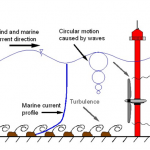
Launched in June 2013, the Reducing the Costs of Marine Renewables via Advanced Structural Materials, is a three year, £1.2M grant funded by EPSRC , SUPERGEN Marine Grand Challenge, split between the Universities of Southampton, Strathclyde (lead) and Newcastle. (Grant EP/K013319/1) Summary For marine renewable energy conversion to achieve a much needed step change in cost reduction, whilst proving ...
Turbulence and Tidal Stream Turbines 2013 
Title: Turbulence and its effects on the performance and wake of a tidal stream turbine. Researcher: Tom Blackmore Superviors: AbuBakr Bahaj & William Batten Abstract The tidal energy resource in the UK is one of the largest in Europe and can contribute to our ever increasing demand for low carbon energy. The technology is still at the development stage ...
'Tidal Current Energy' special issue of the Royal Society's Philosophical Transactions A 2013 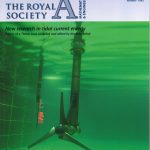
New research from a global group of scientists and engineers, including from SERG, has been published in a special issue journal of the Royal Society. The work is in support of tidal power, which has the potential to provide more than 20 per cent of the UK’s electricity demand and the journal guest was edited ...
Anaconda Wave Energy Converter Concept 2012 ![]()
The Anaconda wave energy converter, which is shown as an artist’s impression in Figure 1, is a novel concept for wave energy conversion invented by Rod Rainey and Francis Farley and further developed by the licensed manufacturers Checkmate SeaEnergy Ltd. The system essentially consists of a rubber tube filled with water which is placed in the ...
Actuator Disc-Rans modelling for tidal turbines 2011 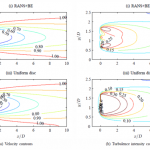
Title: The accuracy of the actuator Disc-Rans approach for modelling performance and wake characteristics of a horizontal axis tidal stream turbine. Researcher: Matt Harrison Supervisors: William Batten & AbuBakr Bahaj Abstract Tidal stream energy has the potential to supply power with low carbon dioxide emissions, but the technology is still being developed. Horizontal axis tidal stream turbines have seen the greatest development, and to generate ...
Feasibility Study of the Impacts of a Proposed Tidal Array Installation in Alderney South Banks 2010 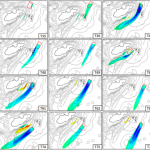
Project involves site-specific numerical modelling of hydrodynamic and sedimentary processes to assess the possible long-term impacts of a number of different tidal turbine array configurations.
A new approach to tidal stream energy resource assessment 2009
Title: A new approach to tidal stream energy resource assessment Researcher: Luke Blunden Supervisor: AbuBakr Bahaj Abstract Tidal stream power generation offers the prospect of predictable, low-CO₂ power at a number of locations around the UK and the world. Previous assessments of tidal energy resources have taken the form of desk studies based on simplified navigational data. Where numerical model data has been used ...
The Hydrodynamics of a Distensible Wave Energy Converter 2008 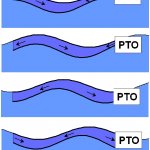
The aim of this research is to develop a better understanding of the hydrodynamics of the device, and formulate a comprehensive and validated numerical with which to make more reliable estimates of full scale performance. Experiments will be carried out at scales of 1:20 and 1:10, with tubes of diameters 0.25m and 0.50m, at which ...
2D Farm Simulations: Portland Bill 2008 
Little is known about the possible effects that a large number of tidal turbines would have on the local tidal regime. Having some idea is important, not only for the purpose of predicting power output (it could be reduced due to reduced flow speeds), but also for environmental impact assessment. Field data on these effects ...
For example tidal data, simulation results around Portland Bill have been used, this site has a significant swing from the 180º flow reversal, allowing comparisons between fixed orientation and yawing devices. The variation of depth-averaged speed over 28 days from the simulation is shown in the first figure. The T_TIDE package for MATLAB was used to ...
3D Array simulations: Phase 1 2007 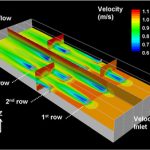
Initial simulations of arrays of tidal turbines have been performed using FLUENT a computational fluid dynamics (CFD) package. The use of CFD allows analysis of several possible farm simulations with different boundary conditions. Details of these initial simulations have been published in: Batten W.M.J. and Bahaj A.S. (2006) CFD simulation of a small farm of horizontal axis ...
Blade Element Momentum Predictions: Phase 1 2007 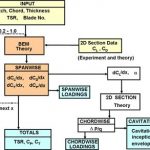
SERG-Tidal is a tidal turbine prediction program developed at the University of Southampton is based on a blade element momentum (BEM) program for wind turbines initially developed in the late 1980’s at the university by Barnsley & Wellicome. The new code developed has major enhancements specifically established to deal with the operation in water and other ...
Access To The Deep Water Wave Basin using Anaconda at the Danish Hydraulics Institute 2007 
The Energy and Climate Change Division is involved in the investigation of Anaconda and different modifications of its original design within an EPSRC funded project. The emphasis lies in the development of a better understanding of the hydrodynamics of the device and validated numerical simulations.
As a continuation of the first set of tests to provide further detailed design information and validation date for numerical models a new experimental test rig was developed. This test rig has been designed, built and successfully used to measure power and thrust on model tidal turbines under various configurations and flow conditions. The setup ...
Initial 3D tests : Phase 1 2006 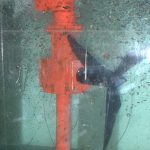
A scale model a horizontal axis marine current turbine was tested at the circulating water channel facility at QinetiQ in Hampshire. The model was scaled such that the ratios of the rotor diameter/water depth and the blade tip speed/inflow speed were equal to that of a full scale device. The three bladed rotor depicted was ...
Tidal Stream Resource & Economic Assessment and Optimisation 2006 
Assessments of the tidal stream energy resource have taken the form of desktop studies, produced using navigational data, for the purpose of providing government and industry with broad estimates of the economic potential for the development of tidal stream power.
2D Modelling of Tidal Currents 2006 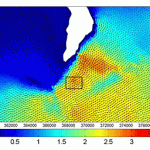
Portland Bill on the South coast of the UK (view in maps.live.com) is a promising site for tidal stream energy, with high tidal stream velocities of up to seven knots (3.6 m/s) around the headland. Although the area with high tidal streams is smaller than other proposed sites in Scotland or the Channel Islands, the ...
Wave Energy Resource at Potential sites for the Pelamis 2006 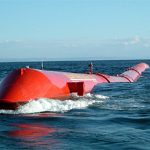
A collaborative project between the University of Southampton and Pelamis Wave Power Ltd (PWP) is currently aiming at providing a wave climatology package with a documented methodology. This package is intended to allow the detailed wave climate to be calculated for a designated area, given raw satellite or buoy data as input.
2D Blades Tests 2005 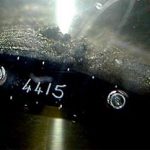
Section performance data, which also include cavitation characteristics, are required for the detailed design of the turbine blades. It is found that suitable published data, with cavitation characteristics, are very limited and that there is a need to establish a better understanding of the cavitation performance of 2-D sections suitable for marine turbines. It is ...
Performance Characteristics and Optimisation of Marine Current Energy Converter Arrays 2005 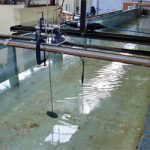
Understanding the effect devices have on the flow is critical in determining how one device may modify both the performance of and loading experienced by another device in the array. It is the aim of this work to identify and investigate the parameters which govern the wake structure and its recovery to the free-stream velocity ...
Initial Alderney Tidal Race Study 2005 2005 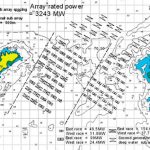
The Race of Alderney lies between the channel island of Alderney and Cap de la Hague on the West coast of France. It is a large site and has the possibility of feeding electricity into the channel Island of French mainland grids. The Race is approximately 4 miles wide and there are large areas with ...
Marine Current Energy Arrays & Alderney Tidal Race Study 2004 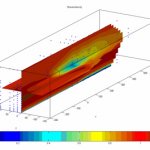
Understanding the effect devices have on the flow is critical in determining how one device may modify both the performance of and loading experienced by another device in the array. It is the aim of this work to identify and investigate the parameters which govern the wake structure and its recovery to the free-stream ...
Hydrodynamics of Marine Current Turbines for Electrical Power Generation 2002 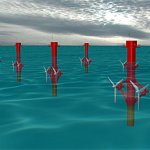
Marine current turbines can play an important part in achieving an increase in electricity generation from renewable resources, but the development of the required technology will demand significant research effort. This project will lead to a better understanding of the design implications of some of the features that distinguish marine current turbines from wind turbines, ...
